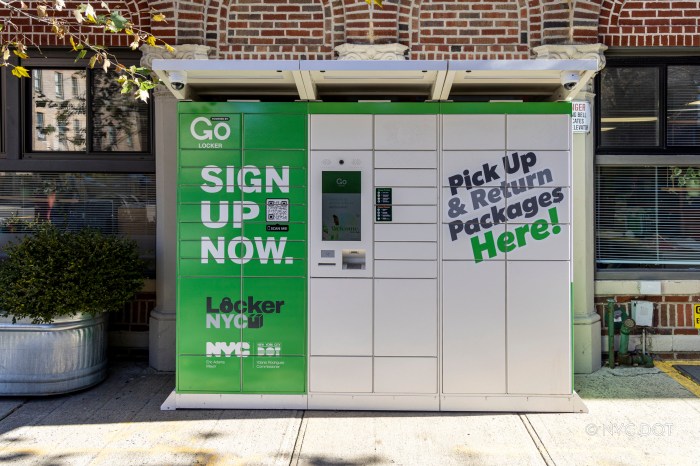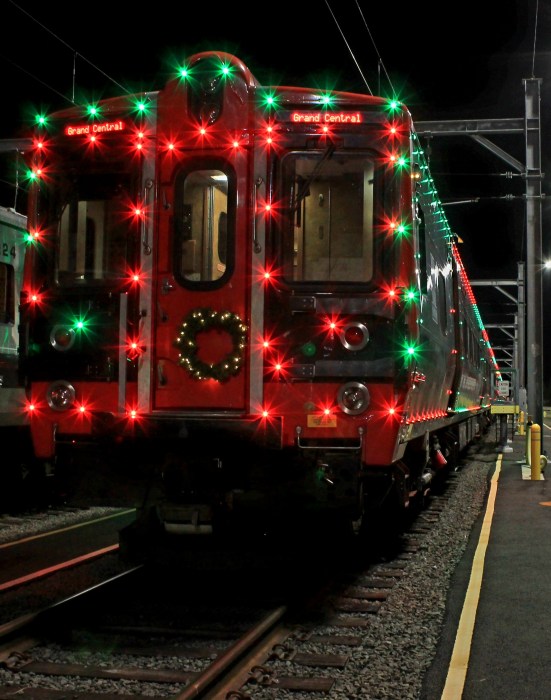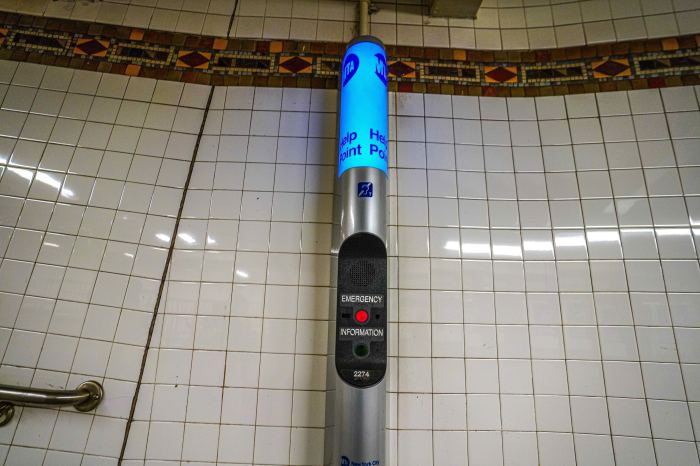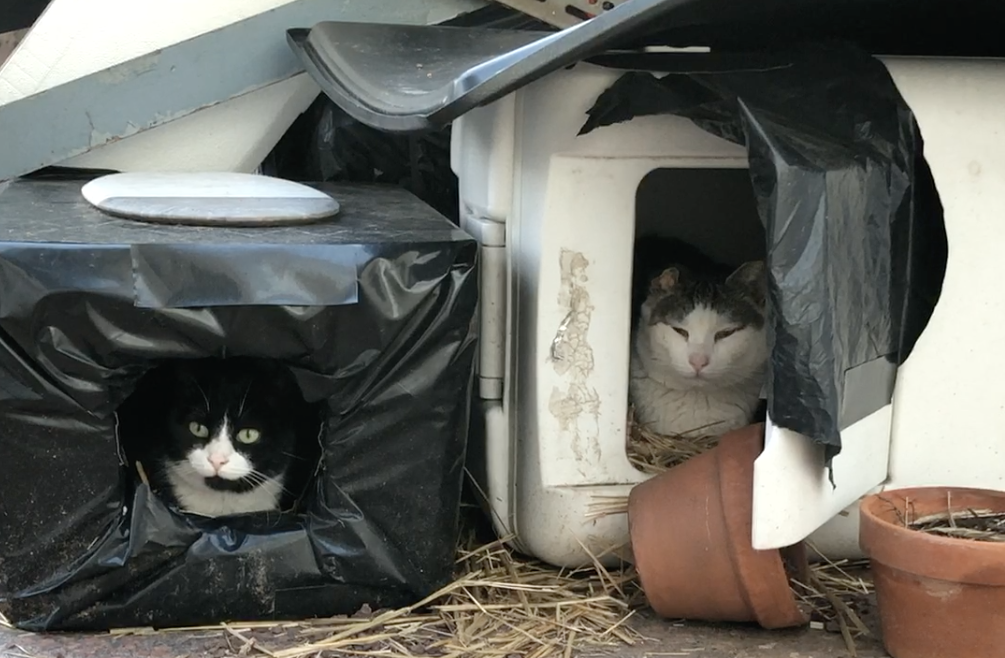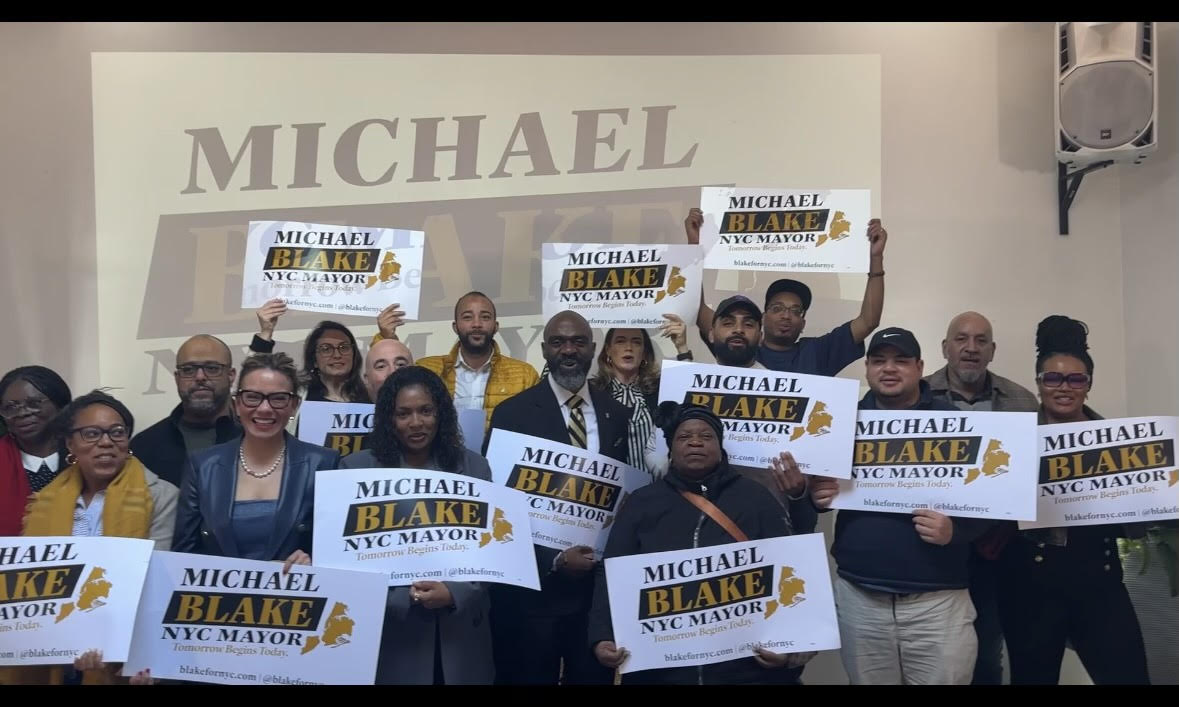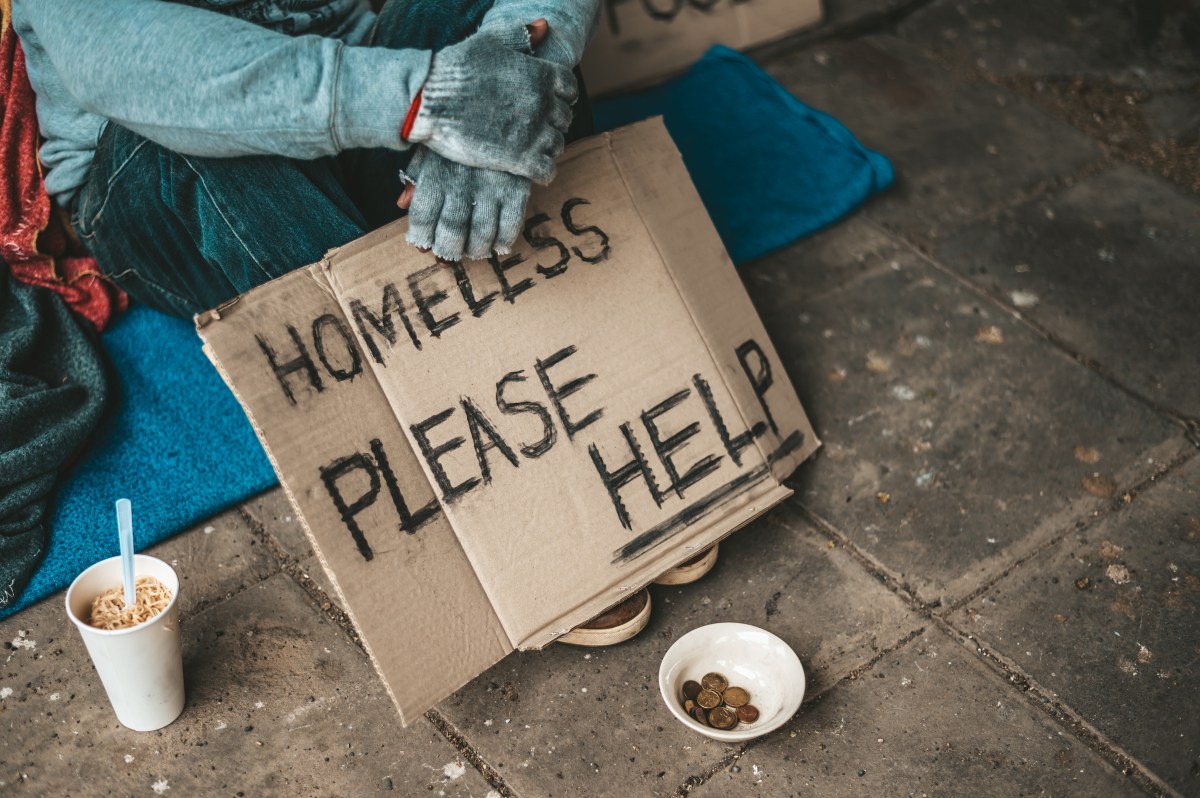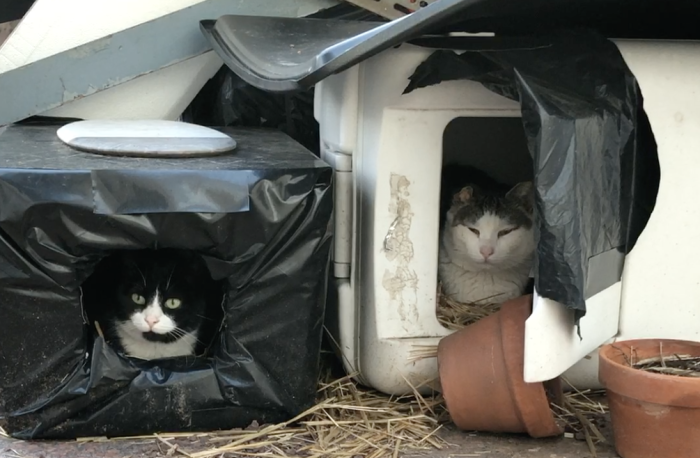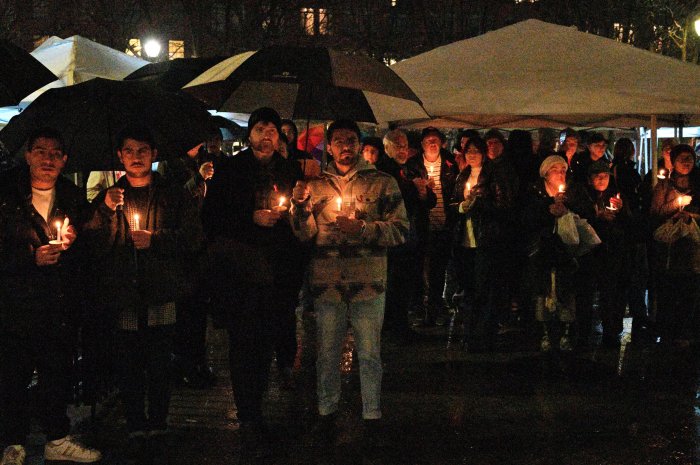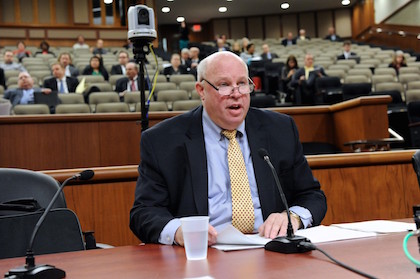
BY JACKSON CHEN | Following outcries from politicians, the Metropolitan Transportation Authority is taking another look at how to expedite the Second Avenue Subway project’s next phase.
On November 12, the MTA’s chair and chief executive officer, Thomas F. Prendergast, met with a bevy of city and state politicians to explore different options for speeding up the perennially delayed expansion project.
The Second Avenue Subway was dealt a blow on October 28 when the MTA board voted in favor of a 2015-2019 capital program that cut $1 billion in funding for the project’s second phase.
The second phase, which creates three stations on a new subway line, would connect the Lexington Avenue line’s 125 Street Station to a new subway station at 96th Street and Second Avenue. The first phase, with three stations that expand the Q line from East 63rd Street to the new 96th Street station is scheduled for completion by December 2016.
“The MTA is committed to find every possible way to accelerate this project,” Prendergast said in a statement. “We will employ alternative procurement methods to speed the planning, design, environmental review, property acquisition, utility relocation, and construction preparation in our proposed 2015-19 Capital Program.”
The agency had earlier explained that it simply was not feasible from an operational standpoint to “get a tunnel-boring machine in place and chewing rock by 2019.”
In Prendergast’s second statement since the political backlash from the funding cut flared up, the MTA chair said the agency shared the goal of bringing more subway access to East Harlem as quickly as possible.
At a November 3 press conference, State Assemblymember Robert Rodriguez, whose district includes East Harlem, termed the delay “economic injustice.” The same day, Congressmembers Charles Rangel and Carolyn Maloney noted that the Lexington Avenue line, the only current option on the East Side, is the nation’s most crowded line and pointed to the significant disparity in income levels between East Harlem and the Upper East Side neighborhood served by the new subway line’s first phase.
According to Prendergast, the MTA will work with Rangel, whose district covers most of Upper Manhattan, to speed up the environmental review process and secure the most federal funding possible.
“If these efforts to speed up the project timetable are successful, the MTA will amend our Capital Program and seek additional funds to begin heavy construction sooner,” Prendergast said.




